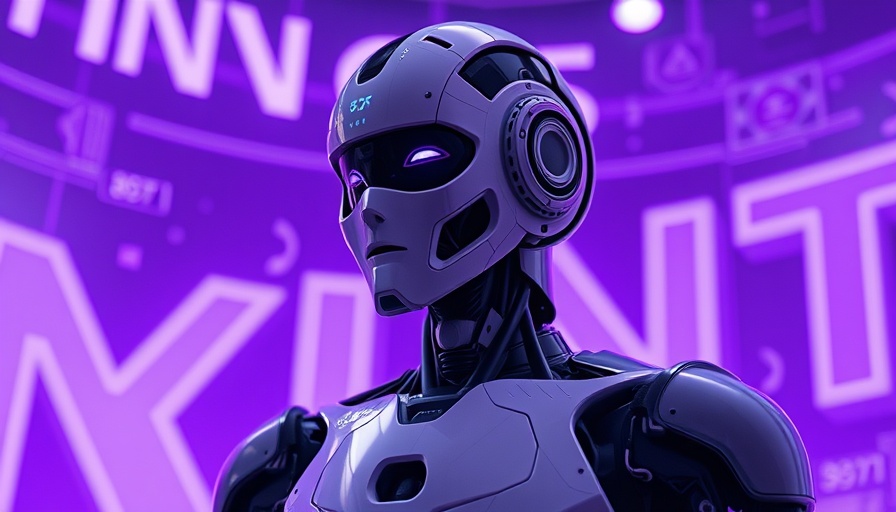
Unlocking the Future: SiMa.ai's Latest Funding Success
In a significant leap forward for the realm of Physical AI, SiMa.ai has successfully raised $85 million in an oversubscribed funding round, bringing its total capital raised to an impressive $355 million. This latest financing round, which was spearheaded by Maverick Capital, came with the enthusiastic backing of existing investors along with the new investment from the StepStone Group. The infusion of capital marks not just a financial achievement, but a pivotal moment in expanding SiMa.ai’s footprint within the Physical AI landscape.
Why Physical AI Matters
Physical AI is a burgeoning field that connects artificial intelligence with the physical world, enabling systems to perceive, understand, and interact with their environment. This technology is critical in various sectors, including robotics and automotive, where seamless integration between machines and human operators can lead to enhanced efficiency and innovation. According to Krishna Rangasayee, CEO and Founder of SiMa.ai, the growing demand for Physical AI solutions is driving the need for the platforms they are developing, which focus on high performance with ease of use.
Insights into the Funding Impact
This significant funding is set to bolster SiMa.ai’s ambitions for global expansion. The capital will not only fuel its Physical AI platform development but also enhance software innovations and improve customer success. With a focus on the automotive roadmap, SiMa.ai aims to streamline operations and tap into emerging markets that rely heavily on automation and artificial intelligence.
Comparing Progress in AI Startups
SiMa.ai’s success story is not isolated. In recent months, other AI startups have also raised significant funds to enhance their technological capabilities. Just last week, GAIB secured $10 million for AI infrastructure growth, showcasing the competitive environment in which SiMa.ai operates. The interconnection of funding and technology innovation across the industry highlights a robust trajectory towards more advanced AI solutions.
Future Trends in Physical AI
As companies like SiMa.ai continue to innovate, we can anticipate groundbreaking developments in how AI interacts with physical systems. Industries such as aerospace, defense, and healthcare are expected to benefit significantly from advancements in Physical AI, indicating a shift towards smarter, more responsive systems that can adapt to real-time changes. As technology matures, the performance per watt will become increasingly critical, and this focus on efficiency reflects a broader trend towards sustainability in tech.
What This Means for Investors and Innovators
The financial backing granted to SiMa.ai signals a robust belief in the viability of Physical AI solutions. For potential investors, this is an indicator that the market is shifting, and those who adapt quickly stand to benefit significantly. As innovation accelerates, the demand for talented professionals in the AI and technology sectors will likely increase, presenting new opportunities for career development and entrepreneurial ventures.
This funding episode not only reinforces SiMa.ai’s leadership in the domain but also encapsulates broader trends in AI, highlighting the ongoing evolution of technology in our daily lives. With robust support from investors and a focus on cutting-edge solutions, the path ahead for SiMa.ai looks promising and is one to watch closely.
As we move forward, it will be crucial to stay informed about developments in AI technology, particularly those that can enhance our connectivity and operational efficiency across various sectors. Let’s stay engaged with these exciting trends as they unfold.
 Add Row
Add Row  Add
Add 




Write A Comment